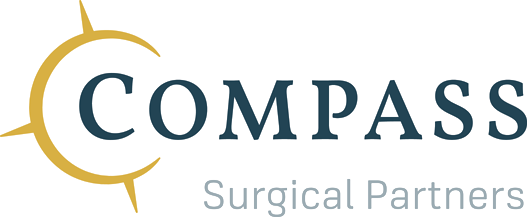5 Things to Consider Before an HOPD-to-ASC Conversion Feasibility Study
Moving surgeries from hospital outpatient settings and into ambulatory surgery centers is a smart strategy for health systems looking to retain–and build–market share. Before any planning begins, health system leaders must often answer a fundamental question:
Should your health system convert an existing hospital outpatient department into an ASC, or should you build a new ASC from scratch?
To choose shrewdly, you must systematically consider the problems you’re solving for, as well as the opportunities you are keenest to chase.
Nothing but a data-driven feasibility study will truly discern whether an HOPD conversion or a de novo ASC is best for your health system. Here are some preliminary questions to consider.
What is your current outpatient operating room inventory?
Are your HOPD ORs at capacity and operating efficiently? Do those ORs handle a high volume of outpatient surgeries not approved for ASCs now or in the future? If so, those surgeries will need to go to hospital ORs or another HOPD in your system.
A conversion requires that you take ORs offline for 90 to 180 days during the rebuild, so you will need to plan to offload surgeries to other ORs in your system, as well as the temporary revenue losses that may come from extended wait times.
Is your current HOPD’s location strategic for an ASC?
Is the space in a geographical area that is convenient for the ASC patients you want to serve and the surgeon partners who will operate there? Are there other ASCs nearby that will weaken your competitive advantage? Even details like available parking should be on your radar.
Does your ASC need a Certificate of Need (CON)?
Many times, it’s easier to get a CON approved if you are converting HOPD ORs into ASC ORs.
Which is the most cost-effective short term? A rebuild or a de novo ASC?
A de novo ASC runs $6 to $10 million. Most HOPD-to-ASC conversions cost less than $2 million. In many cases, it is quicker and less expensive to convert, especially if your health system has already procured a CON or operates in a state that doesn’t require CONs.
A feasibility study will also examine physical plant licensure requirements, which are drastically different for ASCs than they are for HOPDs.
Will a conversion carry opportunity costs over the longer term?
A feasibility study will drill down into much more than just dollar differences over the rebuild period. Even if it's feasible to convert an existing HOPD into an ASC, the space may not be optimal in the long run.
Because an HOPD must handle high—sometimes unscheduled patient volumes—and a challenging case mix, their floor plans are typically larger and more overbuilt than ASC plans.
In contrast, an ASC runs predictable, scheduled patient volumes, and its case mix is clearly defined. Therefore, its overall floor plan can be smaller and simpler than an HOPD. Ongoing operational costs for a larger, more inefficient ASC than your health system needs could cancel out initial conversion savings.
Next step: A feasibility study.
Do your answers to the above questions indicate you want to move forward with HOPD-to-ASC conversion plans?
If so, your next step is a feasibility study, which will give you a much clearer red light, yellow light, or green light on whether it's truly strategic to move forward.
If you want learn more about what an ASC feasibility study might entail for your health system, please contact us.
Recent News
-
Bon Secours Mercy Health and Compass Surgical Partners Announce Grand Opening of World-Class Surgery Center in Greenville, South Carolina
-
Healthcare Trailblazers: The Compass Surgical Partners Journey
-
Proactive Payer Credentialing Preps Your New ASC for Financial Success
-
Advanced Joint and Spine Institute Orlando and Compass Surgical Partners Open World-Class Orthopedic Surgery Center
-
How Your Health System Can Win the CV ASC Market
Copyright © 2024 Compass Surgical Partners
Site Design by Swarm Interactive | Admin Login
